- Home
- Articles
- Architectural Portfolio
- Architectral Presentation
- Inspirational Stories
- Architecture News
- Visualization
- BIM Industry
- Facade Design
- Parametric Design
- Career
- Landscape Architecture
- Construction
- Artificial Intelligence
- Sketching
- Design Softwares
- Diagrams
- Writing
- Architectural Tips
- Sustainability
- Courses
- Concept
- Technology
- History & Heritage
- Future of Architecture
- Guides & How-To
- Art & Culture
- Projects
- Interior Design
- Competitions
- Jobs
- Store
- Tools
- More
- Home
- Articles
- Architectural Portfolio
- Architectral Presentation
- Inspirational Stories
- Architecture News
- Visualization
- BIM Industry
- Facade Design
- Parametric Design
- Career
- Landscape Architecture
- Construction
- Artificial Intelligence
- Sketching
- Design Softwares
- Diagrams
- Writing
- Architectural Tips
- Sustainability
- Courses
- Concept
- Technology
- History & Heritage
- Future of Architecture
- Guides & How-To
- Art & Culture
- Projects
- Interior Design
- Competitions
- Jobs
- Store
- Tools
- More
Sacred Spaces: Contemporary Religious Architecture
From minimalist chapels to eco-conscious mosques, contemporary religious architecture redefines the sacred experience. This article delves into how architects around the world are reimagining spiritual spaces—blending cultural heritage with innovative materials, sustainable design, and evolving rituals to create places that speak to both faith and the future.

Spiritual feelings are influenced by the atmosphere of the space we are in. The light, sound, materials, and spatial layout all play a role in shaping our emotions. A calm, harmonious environment can help people feel more peaceful, focused, and connected to something greater than themselves.
There is an important concept in architecture is “architectonic.” It refers to the way building elements come together to create an aesthetic and emotional quality. Sacred spaces should be designed in a way that follows the architectonic idea and creates strong emotional feelings, considering the moods and needs of the people inside.
In this article, we will look at some examples of contemporary religious architecture. From modern mosques to chapels, let’s see how sacred spaces connect with contemporary design.
Table of Contents
TogglePunchbowl Mosque by Candalepas Associates
Designed by Candalepas Associates in Sydney, Australia, Punchbowl Mosque is one of the most significant examples of contemporary religious architecture. The award-winning design includes the Sir John Sulman Award (2018) and the RIBA International Award for Excellence (2024). The mosque was built in 2017.
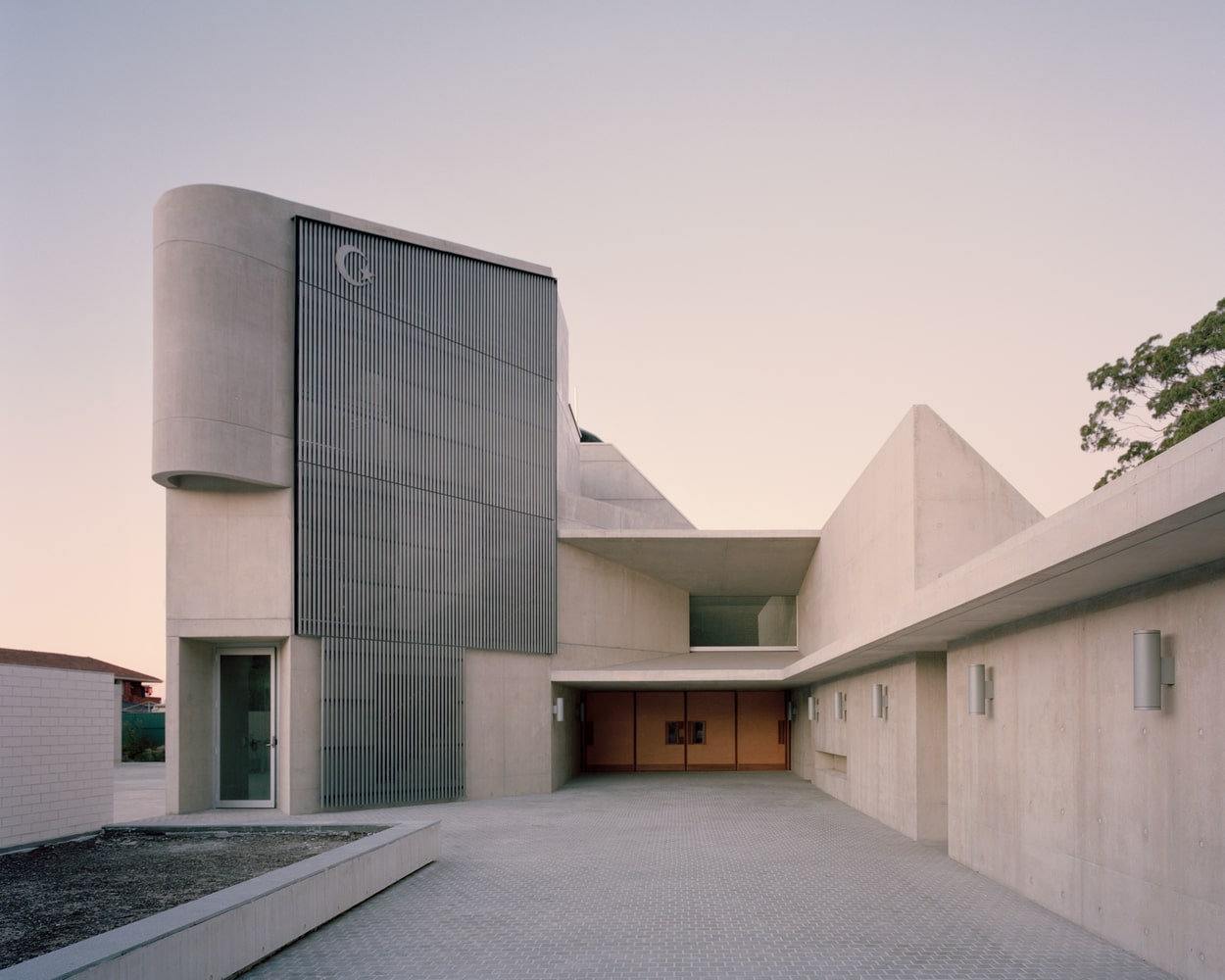
The design features 102 concrete domes called “muqarnas,” each with a 30 mm opening to create light and shadow effects in the space. The mosque’s focal point is the main prayer hall and its wood-clad dome with a central oculus. The gallery area designed for women is located just below this dome; the architect stated that this placement puts women at the heart of the space and gives them a symbolically stronger position.
Although Punchbowl Mosque architecturally resembles the Brutalist aesthetic in concrete, architect Candalepas does not consider this approach a reference; rather, he balances tradition with contemporaneity by using a contemporary and simple language.
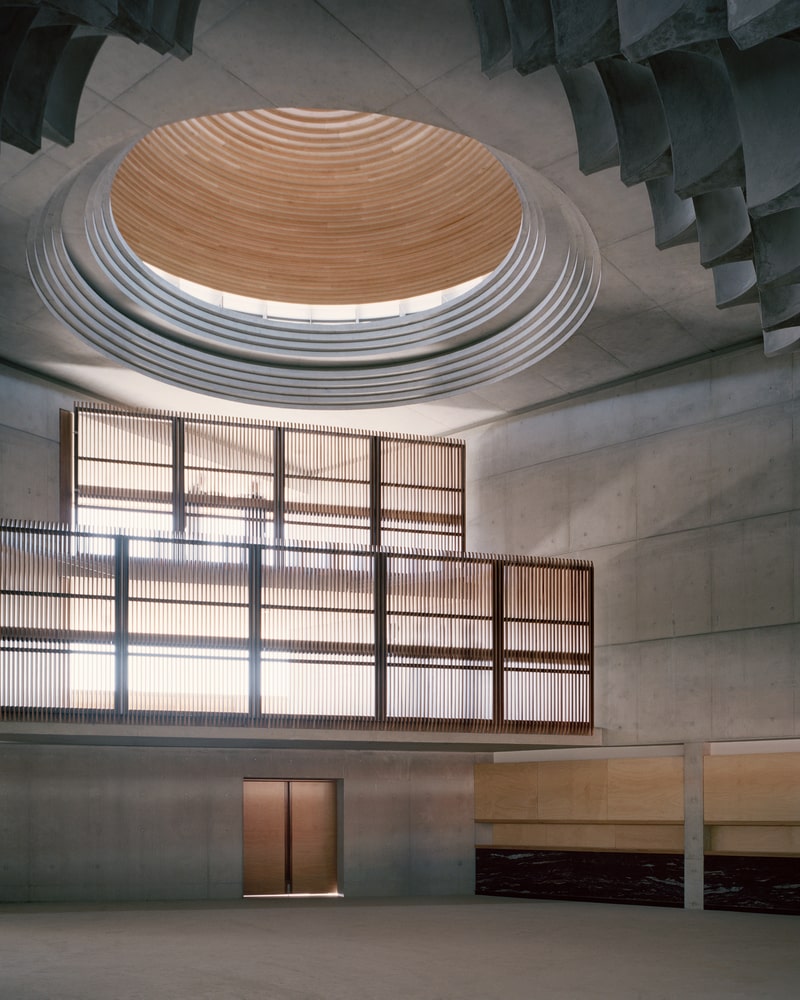
Al Huda Nusantara Mosque by JXA Studio
Located in West Java, Indonesia, the Al Huda Nusantara Mosque, designed by JXA Studio and completed in 2021, is a striking example of modern Islamic architecture rooted in local traditions. Instead of the common dome shape, the mosque features a layered tropical roof inspired by traditional Indonesian temples, symbolizing faith and excellence.
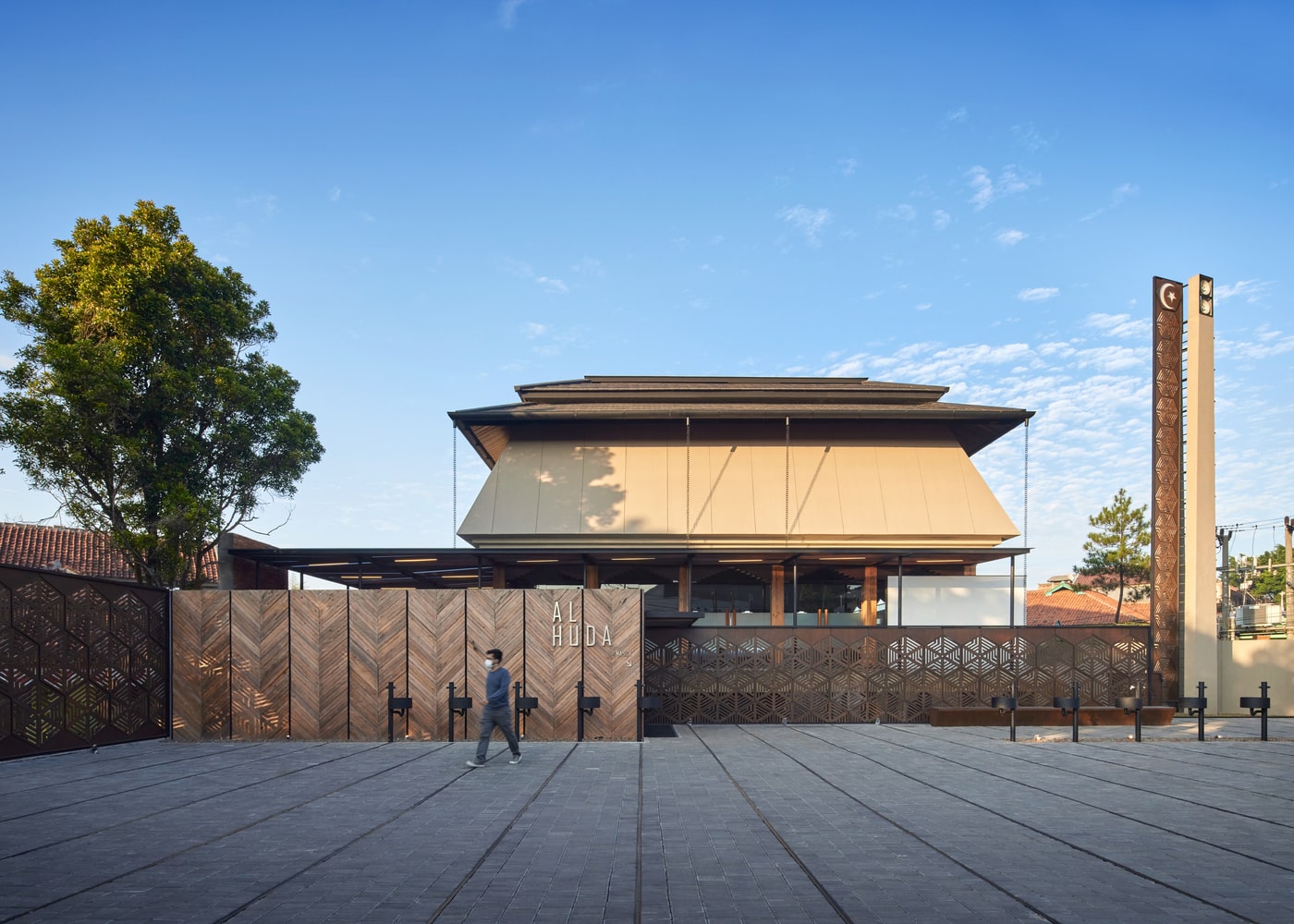
The mosque’s layout includes open verandas on all sides, adapting well to the tropical climate and providing extra space for worshippers. Inside, natural materials like teakwood and bricks reclaimed from the old mosque blend with contemporary design elements, creating a warm and welcoming atmosphere.
A key feature is the prayer hall’s mihrab wall, adorned with 99 calligraphic panels representing the names of God, enhancing the spiritual experience. The design thoughtfully balances cultural heritage with modern functionality, making Al Huda Nusantara Mosque a meaningful and inspiring place for the local communit
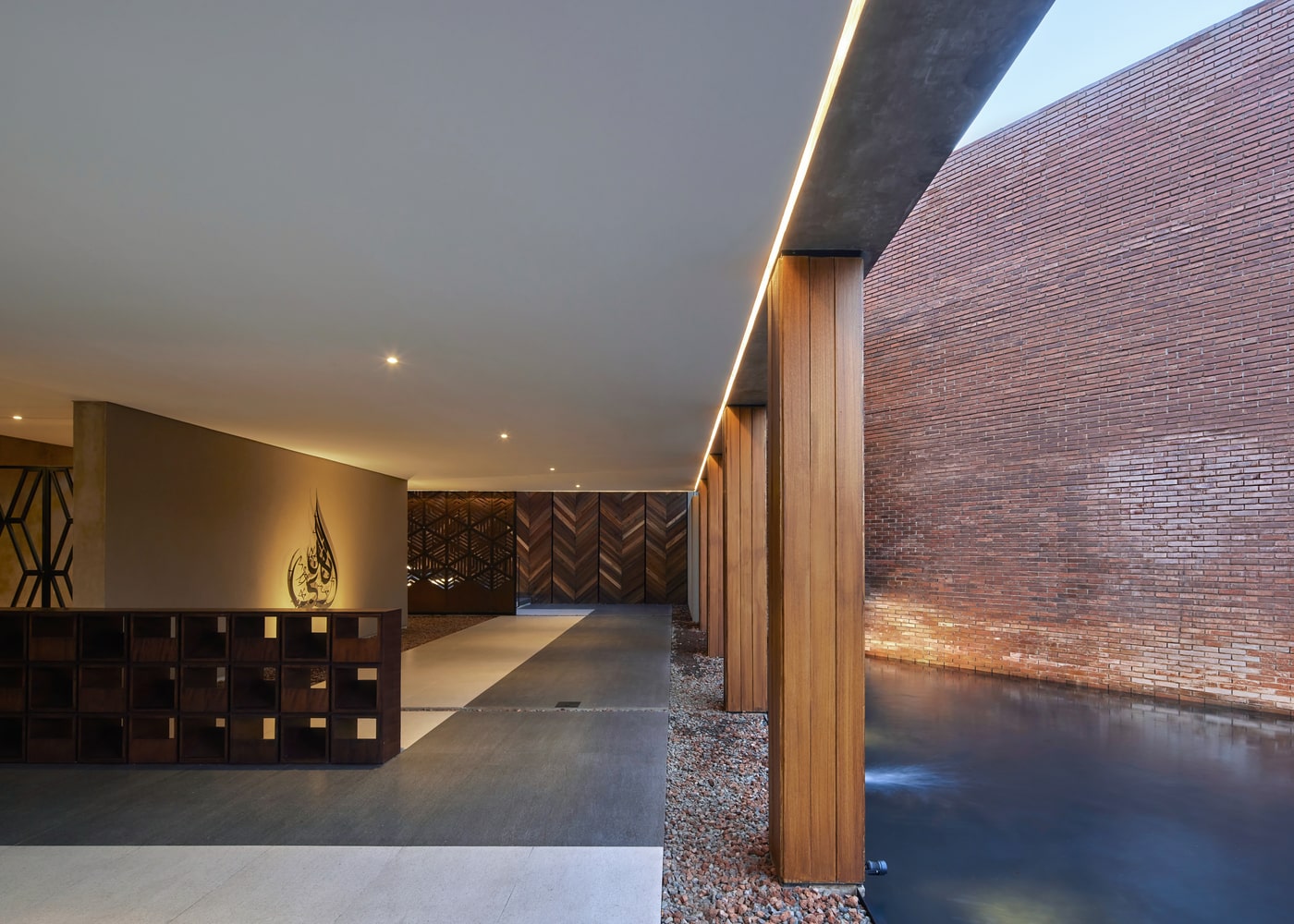
Amir Shakib Arslan Mosque by L.E.FT Architects
The Amir Shakib Arslan Mosque, designed by L.E.FT Architects, is a contemporary religious building that thoughtfully blends modern architectural forms with traditional Islamic design elements. Located in Lebanon, the mosque features clean lines and minimalist volumes that create a calm and contemplative atmosphere for worshippers.
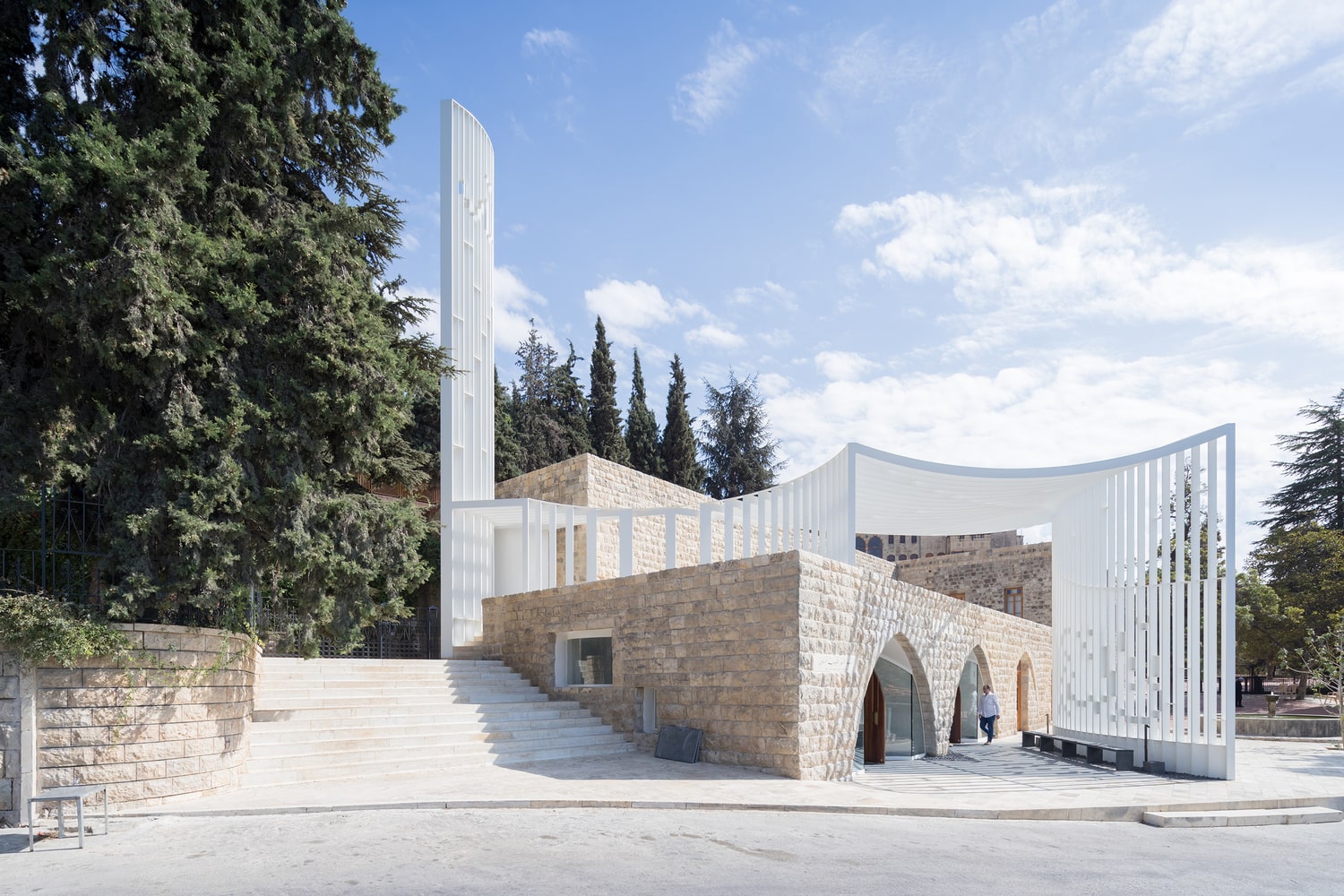
The design emphasizes natural light and open spaces, fostering a strong connection between the interior and the surrounding environment. By integrating cultural references in a subtle and modern way, the mosque stands as a meaningful symbol of faith and community in its context.
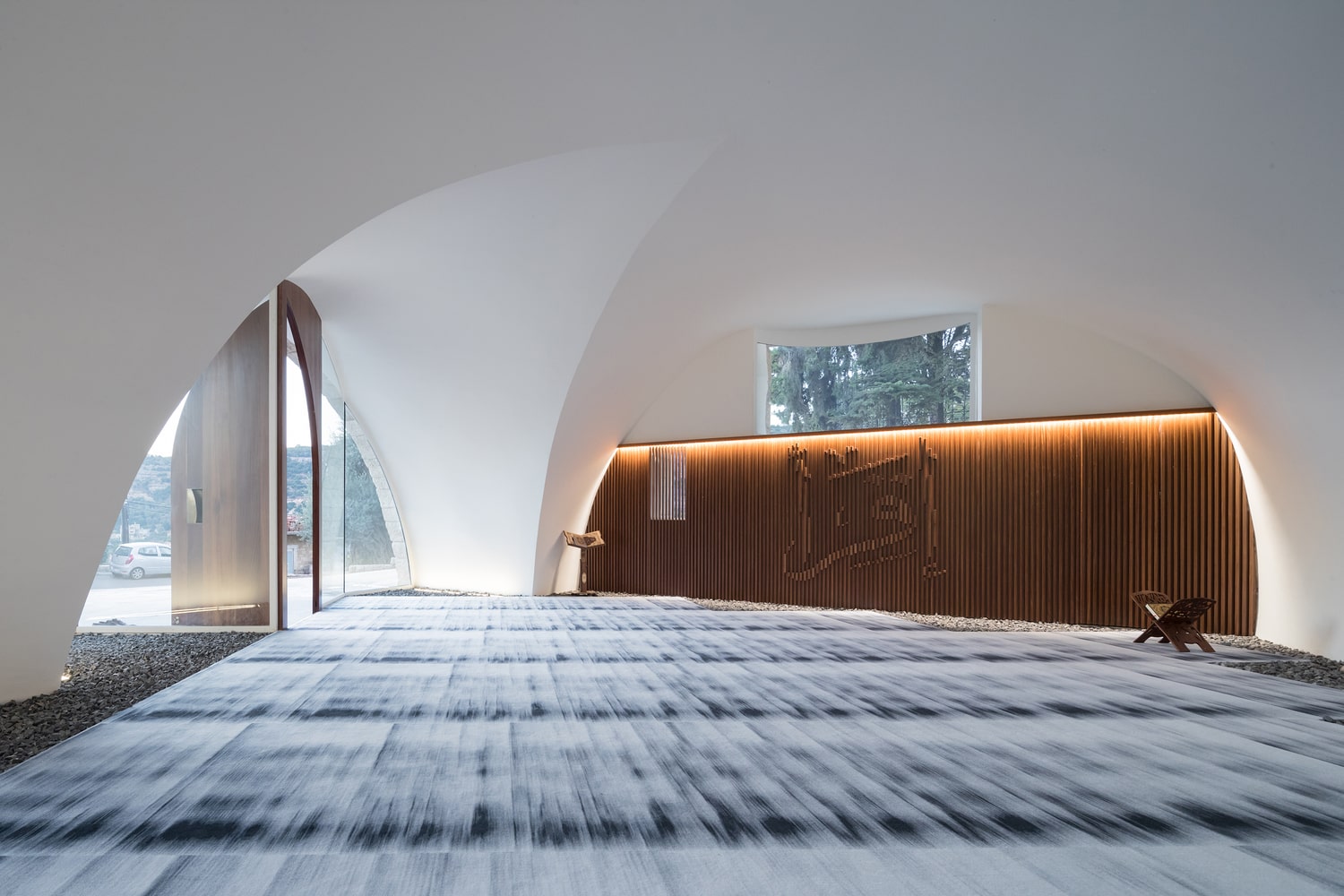
San Josemaría Escrivá Church by Javier Sordo Madaleno Bringas
The San Josemaría Escrivá Church, located in the Santa Fe district of Mexico City and designed by Javier Sordo Madaleno Bringas, is a modern interpretation of religious architecture. Built between 2005 and 2008, the church features a unique design inspired by repeated golden rectangles forming two curved shapes that symbolize the Christian fish. These shapes combine with vertical elements to create a cross illuminated by natural light, establishing a sacred atmosphere within the interior.
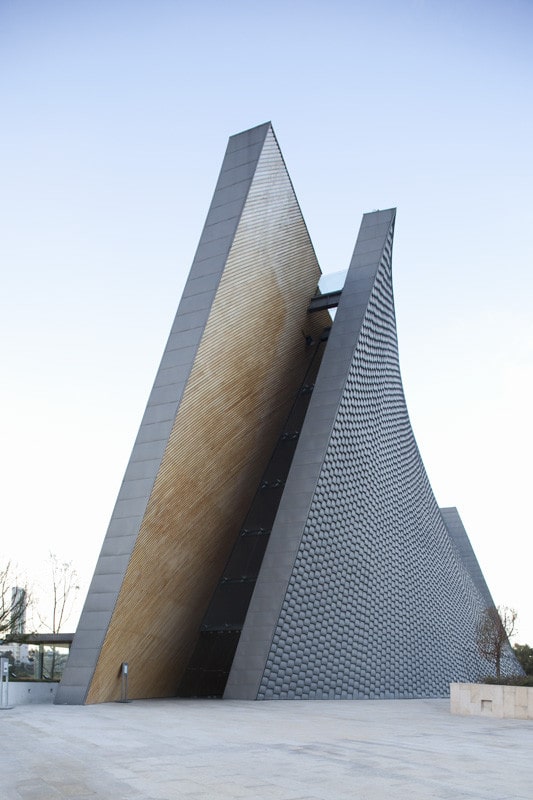
Structurally, the building is based on a balanced box-like form made from four reinforced concrete walls, which provides stability against earthquakes and wind forces. The design successfully merges symbolism with functionality, offering worshippers both a spiritual and architectural experience. The church stands as a prominent example of contemporary religious architecture that harmonizes with the urban environment while reflecting deep religious meaning.
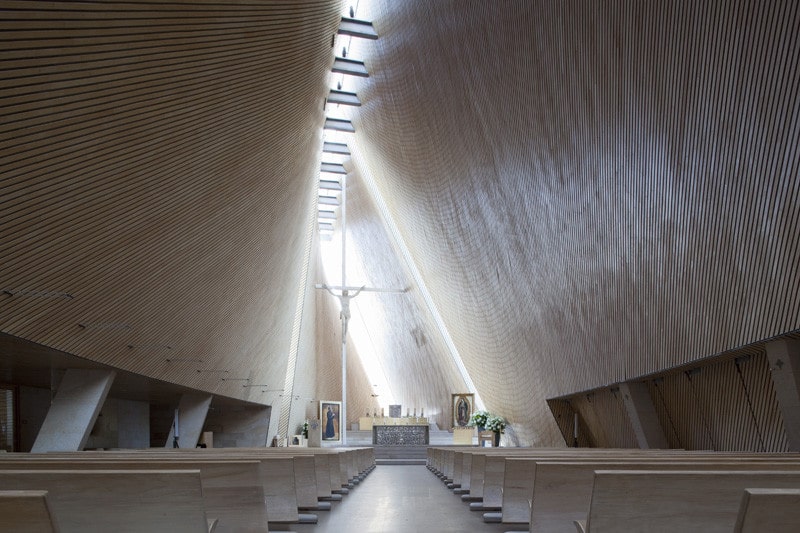
Cathedral of the Northern Lights by schmidt hammer lassen architects + LINK arkitektur
The Cathedral of the Northern Lights, located in Alta, Norway, is a striking example of contemporary religious architecture designed by Schmidt Hammer Lassen Architects in collaboration with LINK arkitektur. Completed in 2013, the building’s spiral form and towering 47-meter spire are inspired by the natural phenomenon of the Aurora Borealis. The exterior is clad in titanium panels that reflect the changing northern lights, giving the structure a dynamic and luminous appearance.
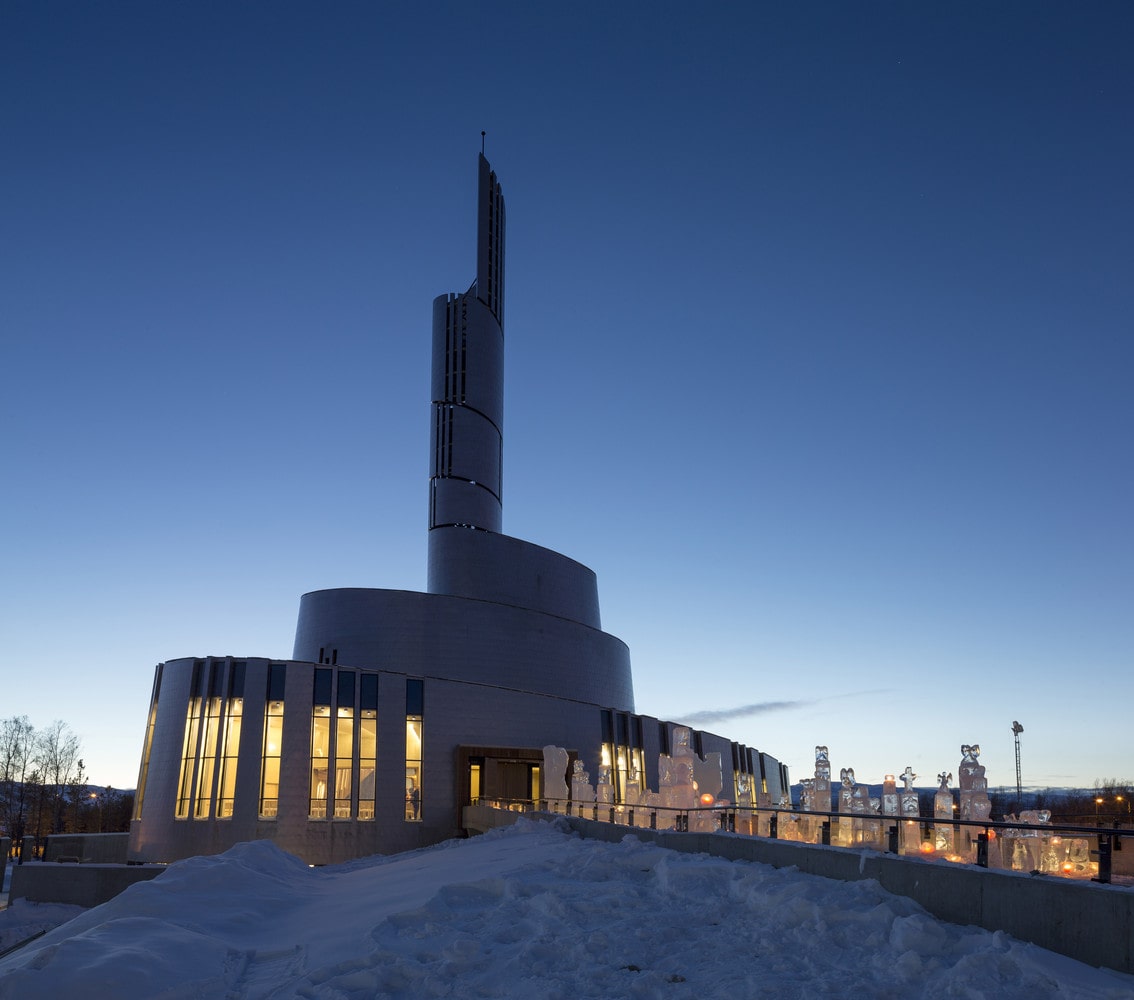
Inside, the cathedral features a main worship hall with seating for approximately 350 people, surrounded by functional spaces such as offices, exhibition areas, and classrooms. A distinctive artwork by Danish artist Peter Brandes adds a unique cultural dimension to the interior. Beyond serving as a place of worship, the cathedral stands as a cultural landmark, celebrating the identity and natural beauty of the region.
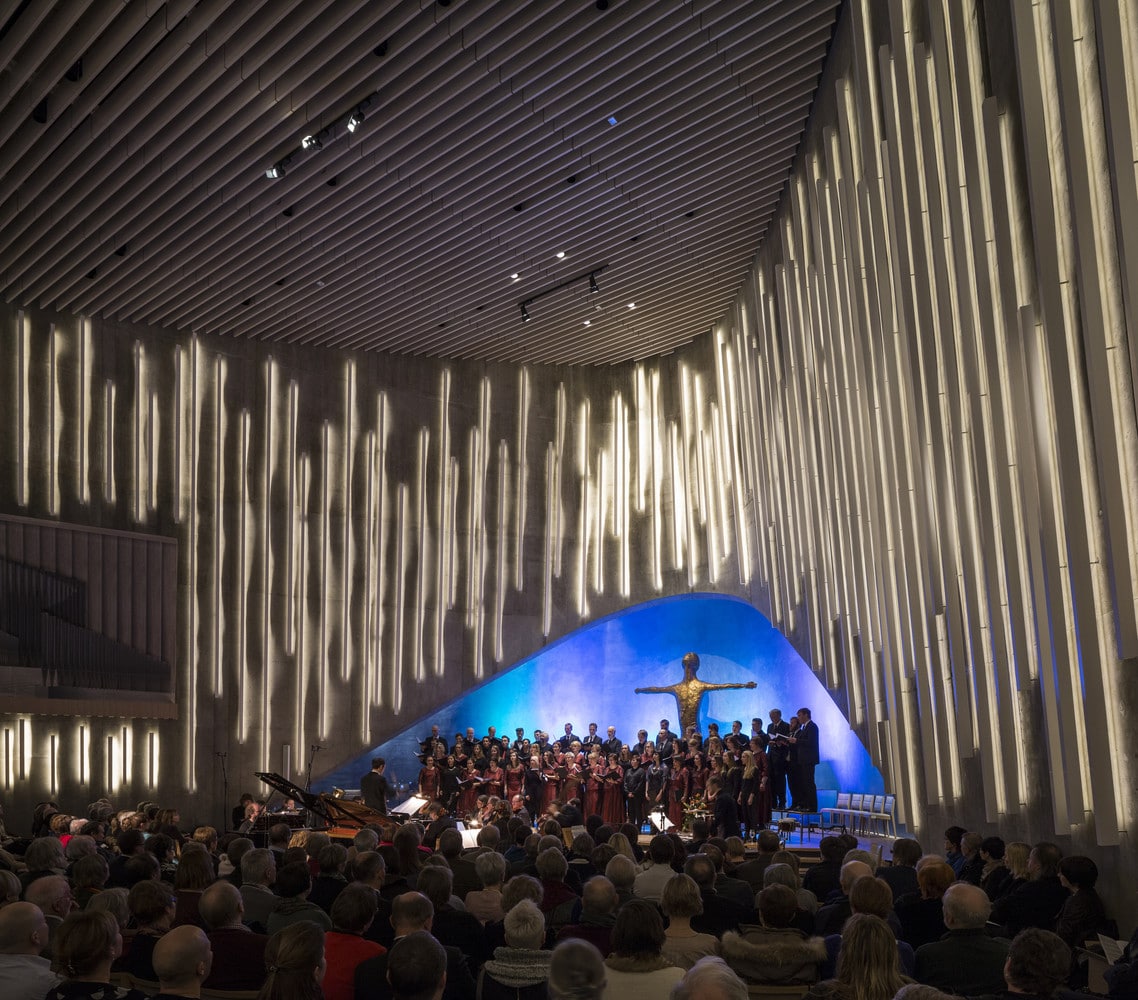
- 21st-century sacred places
- architects for religious buildings
- architectural design for mosques
- architecture for sacred spaces
- church architecture firms
- contemporary religious architecture
- contemporary temple design
- contemporary worship spaces
- cutting-edge synagogue architecture
- eco-friendly religious structures
- innovative religious buildings
- innovative synagogue design
- minimalist church architecture
- modern cathedral designs
- modern church design
- modern mosque designs
- progressive religious architecture
- sacred space architecture
- spiritual architectural design
- sustainable religious architecture
Submit your architectural projects
Follow these steps for submission your project. Submission FormLatest Posts
Dependable Service for Everyday Appliance Problems
When a washer stalls mid-cycle or a fridge warms up, you need...
8 Essential Web-Based Mapping Tools for Modeling Sea Level Rise and Flood Impacts
As climate change accelerates, flood risk and sea level rise have become...
How Sydney’s Architecture Responds to Climate, Light, and Lifestyle
Sydney’s architecture has never been driven by form alone. It evolves through...
Shipping Containers as Functional Infrastructure on Construction Sites
Construction sites are temporary by definition, yet the systems that support them...




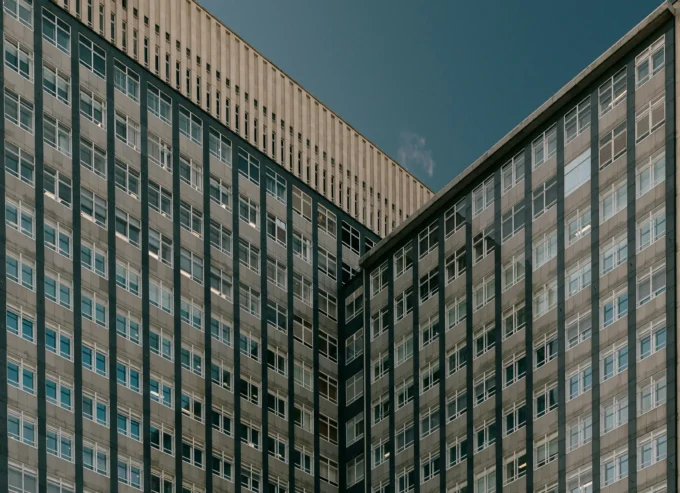






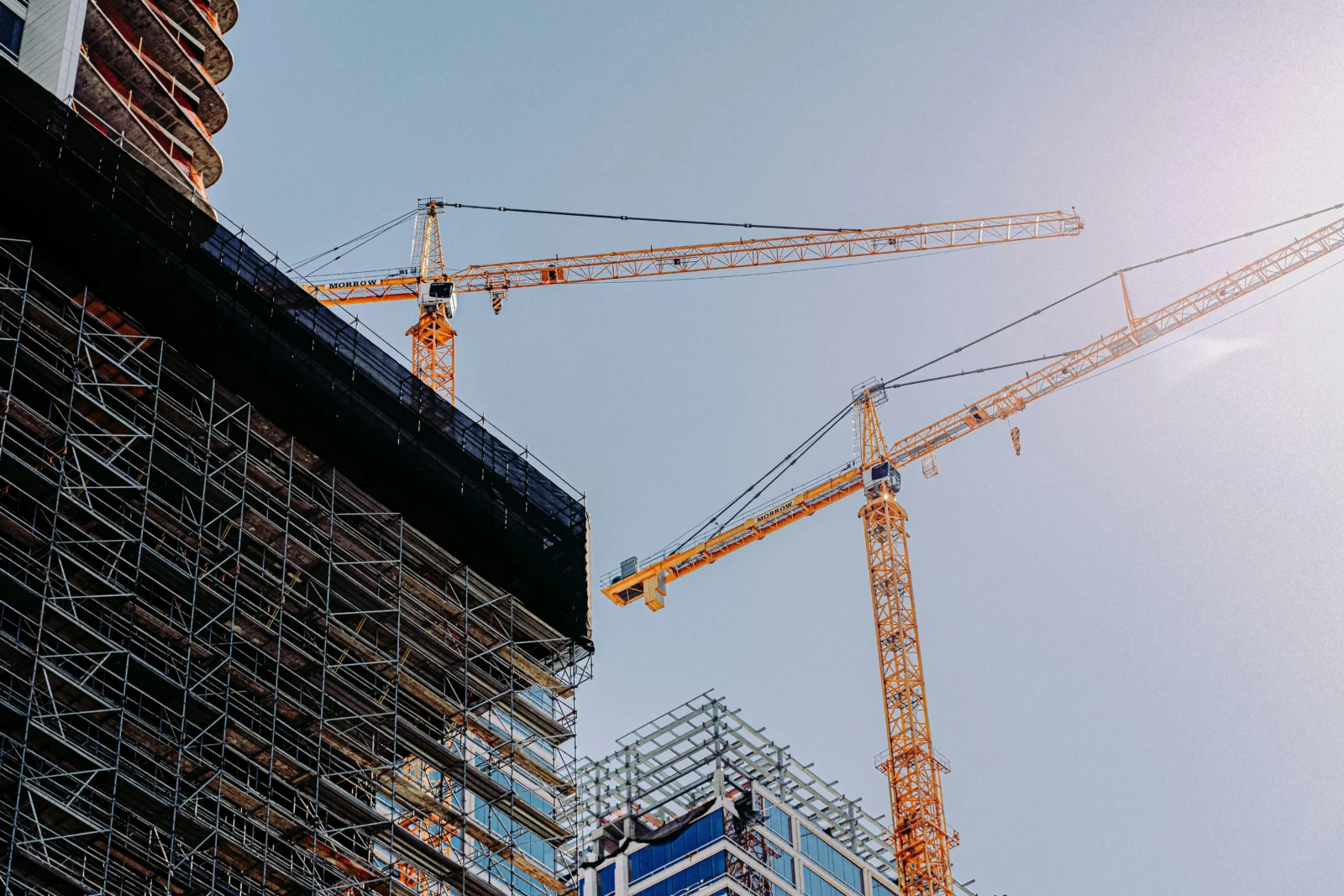
Leave a comment